The Wheel of the Year is a sacred calendar that celebrates the changing seasons and the cycle of life, death, and rebirth. Rooted in ancient Celtic traditions and observed by modern-day pagans, wiccans and nature-based spiritual practitioners, this cyclical calendar consists of eight festivals, known as Sabbats, which mark key points in the solar year. Each festival holds its own significance, representing themes of nature, community, and spiritual transformation. I have always had a personal interest in learning more about the celebrations linked to the wheel of the year and passing these on to my children. Join me in this first of a series of posts where I will share what I have discovered about each festival and provide links to activities that we as a family take part in to honor the seasons.
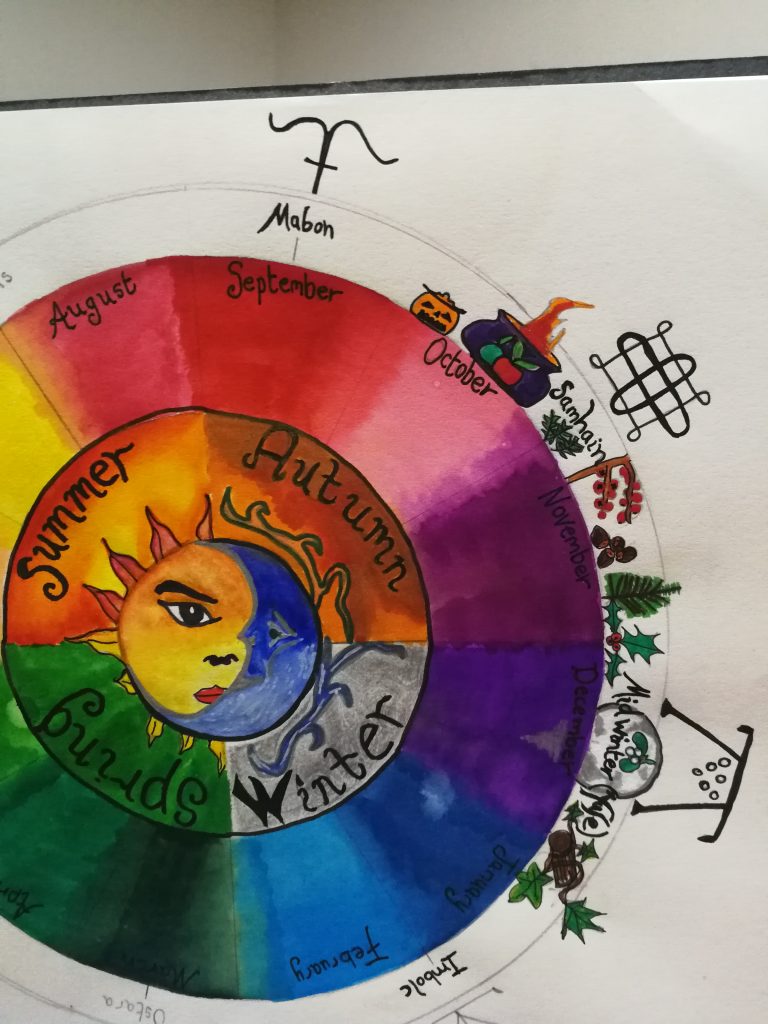
Unveiling the Celtic Roots of the Wheel of the Year
Rooted in ancient Celtic cosmology, this sacred calendar reflects the cyclical rhythms of the natural world and embodies the spiritual wisdom of the Celtic people, honoring the eternal cycle of birth, growth, death, and rebirth.
Ancient Celtic Cosmology
Ancient Celtic cosmology is deeply rooted in the belief of interconnectedness and the cyclical nature of life. Central to this worldview is the concept of the wheel, which symbolises the eternal cycle of birth, growth, death, and rebirth. In Celtic tradition, the wheel represents life and the rhythmic flow of nature’s seasons and cycles. It reflects the belief that everything in the universe is interconnected and constantly evolving, with each phase of the cycle holding its own significance and wisdom.
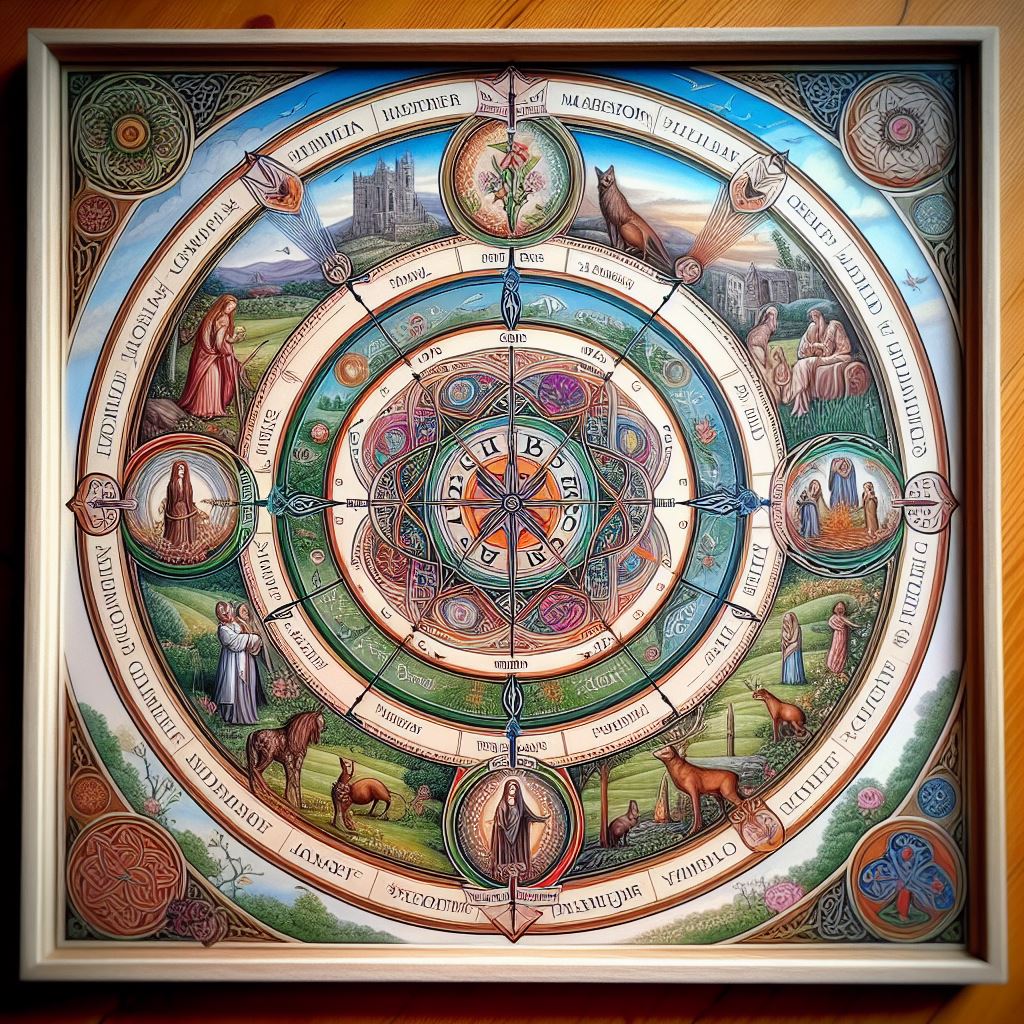
The Irish Triskele
This link to cycles and wheels can be seen in Celtic Art Forms such as the triskele. The Irish triskele, also known as the triskelion, is a powerful symbol deeply ingrained in Celtic culture and mythology. Consisting of three interlocked spirals or legs radiating from a central point, the triskele represents various aspects of Celtic spirituality, including the interconnectedness of earth, sea, and sky, the cycles of life, death, and rebirth, and the eternal flow of energy and movement. In Irish folklore, the triskele is often associated with the triple goddess and the trinity of mind, body, and spirit, embodying themes of balance, harmony, and transformation. This ancient symbol continues to hold significance in modern times, serving as a potent reminder of the enduring legacy of Celtic wisdom and spirituality.
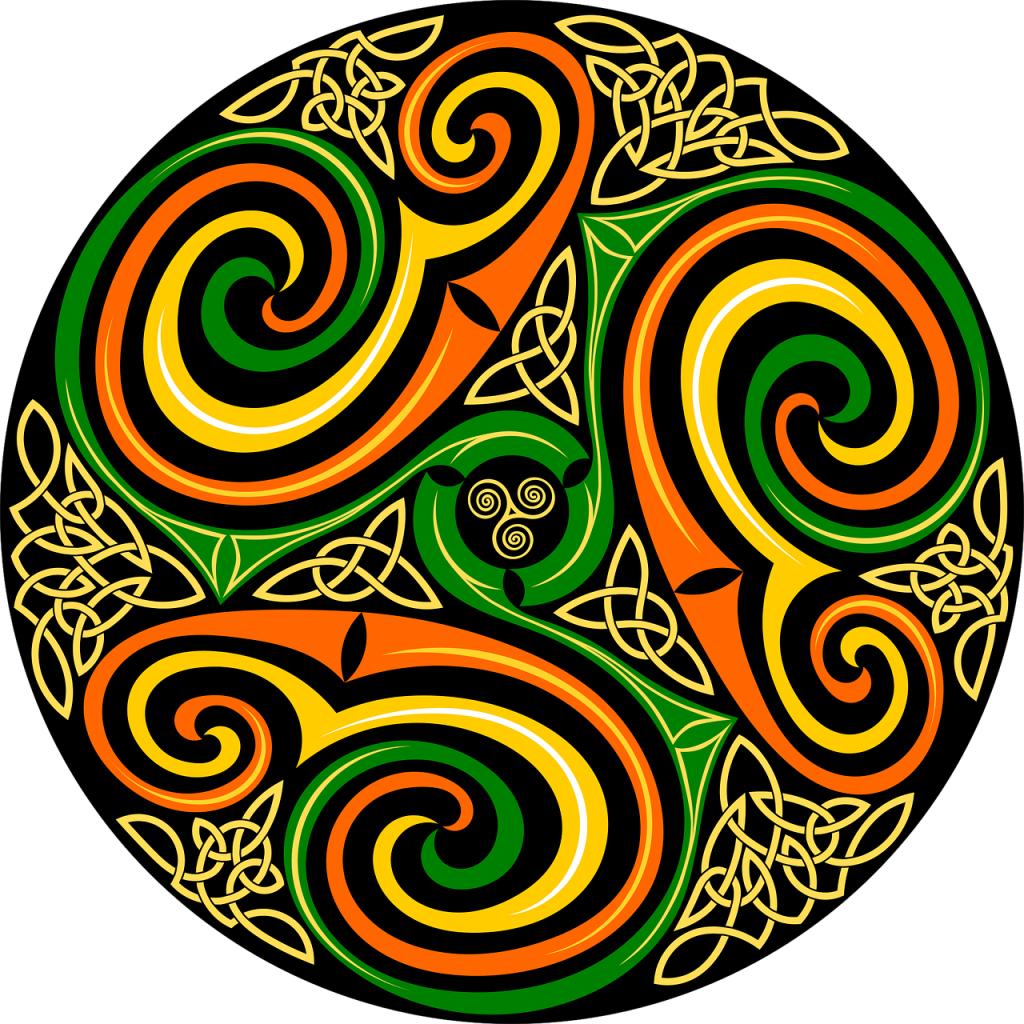
The Wheel of the Year
The eight Sabbats of the Wheel of the Year; Imbolc, Ostara, Beltane, Litha, Lughnasadh, Mabon, Samhain, and Yule, form a sacred calendar that honors the changing seasons and the cycles of nature. From the awakening of spring at Imbolc to the harvest celebrations of Mabon, each Sabbat represents a unique moment in the annual cycle, inviting us to connect with the earth’s rhythms, celebrate abundance, and cultivate spiritual growth throughout the year. They are split into Quarter days which coincide with the solstices and equinoxes and Cross Quarter Days which fall in between the solstices and equinoxes.
Celebrating the Quarter Days
The quarter days, celebrated on the solstices and equinoxes, hold profound significance in the Celtic calendar and are pivotal points in the seasonal cycle. These festivals mark the changing seasons with precision, symbolising the balance of light and darkness as the sun reaches its highest or lowest point in the sky. The winter solstice, known as Yule, celebrates the rebirth of light amidst the darkness of winter. The spring equinox, or Ostara, heralds the awakening of life and the return of fertility to the earth. Litha, the summer solstice, marks the peak of solar power and the abundance of the summer season. Finally, Mabon, the autumn equinox, signifies the harvest and the balance between light and dark as we transition into the darker half of the year. These celebrations are deeply rooted in Celtic tradition and serve to honor the rhythms of nature, fostering a deeper connection with the cycles of the earth and the cosmos.
Yule: Embracing the Return of Light
Yule, celebrated around December 21st, is a joyous festival marking the rebirth of the sun and the return of light after the darkest night of the year. Celebrated on the winter solstice, Yule invites us to embrace hope, renewal, and the promise of brighter days ahead as we gather with loved ones to celebrate the triumph of light over darkness.
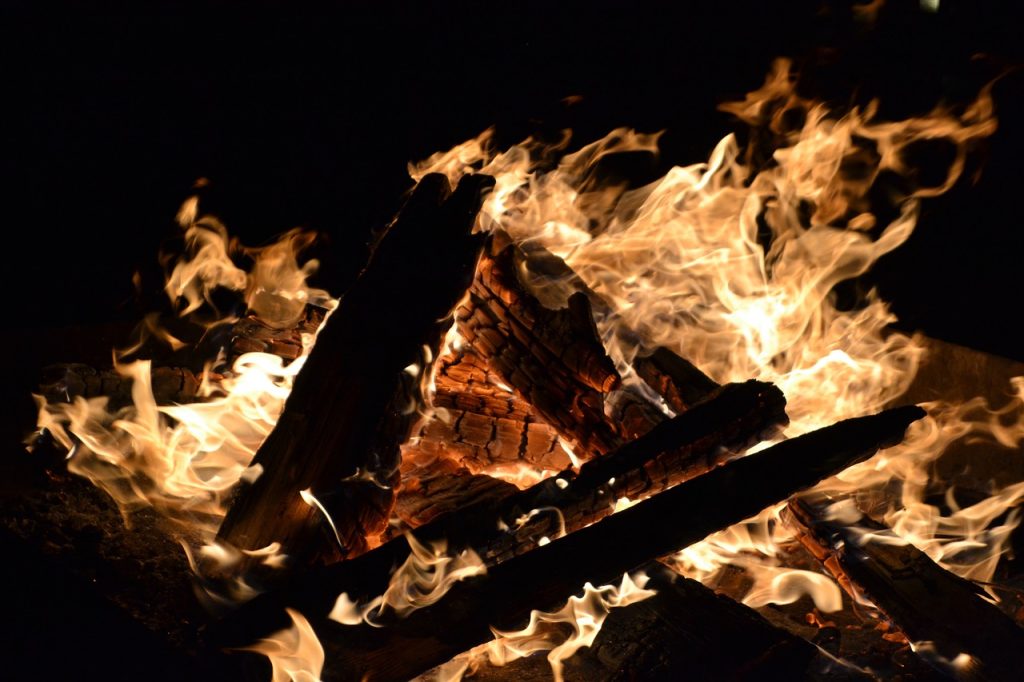
Ostara: Awakening to Renewal
Ostara, celebrated around March 21st, is a time of awakening and renewal as nature bursts forth with new life. Celebrated on the vernal, or spring, equinox, Ostara marks the balance between light and darkness, inviting us to embrace the promise of renewal and growth as we emerge from the darkness of winter into the light of spring.
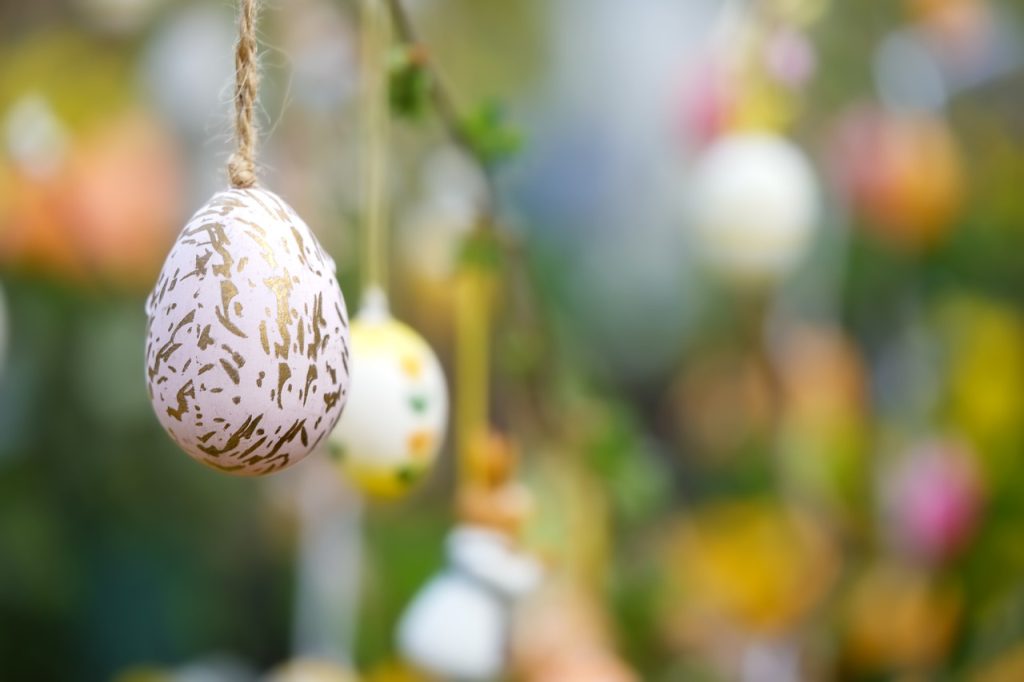
Litha: Basking in the Sun’s Radiance
Litha, observed near June 21st, is a celebration of abundance and vitality as the sun reaches its peak strength. Celebrated on or around the summer solstice, Litha invites us to bask in the sun’s radiant energy and revel in the abundance of nature’s bounty, fostering a deep connection with the earth and its life-giving forces. This is a wonderful festival to celebrate with children and lends itself to many easy and fun summer solstice activities for families.
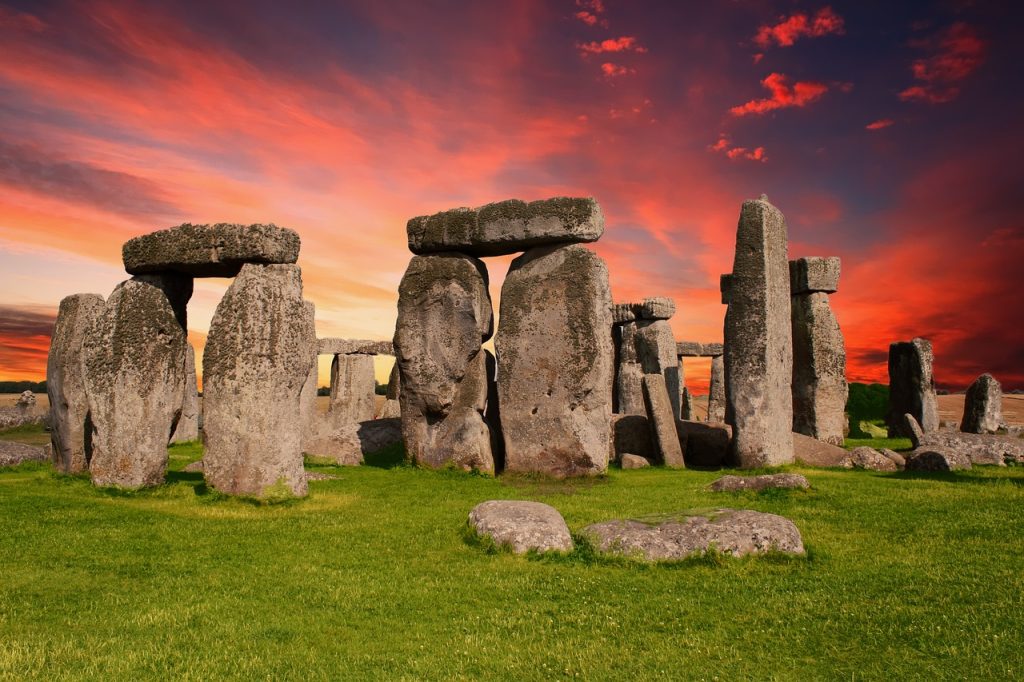
Mabon: Harvesting Gratitude
Mabon, observed around September 21st, is a time of reflection and gratitude as we gather the fruits of the harvest and prepare for the colder months ahead. Celebrated on the autumn equinox, Mabon invites us to harvest the blessings of the season, express gratitude for abundance, and find balance between light and dark as we transition into the quieter rhythms of autumn.
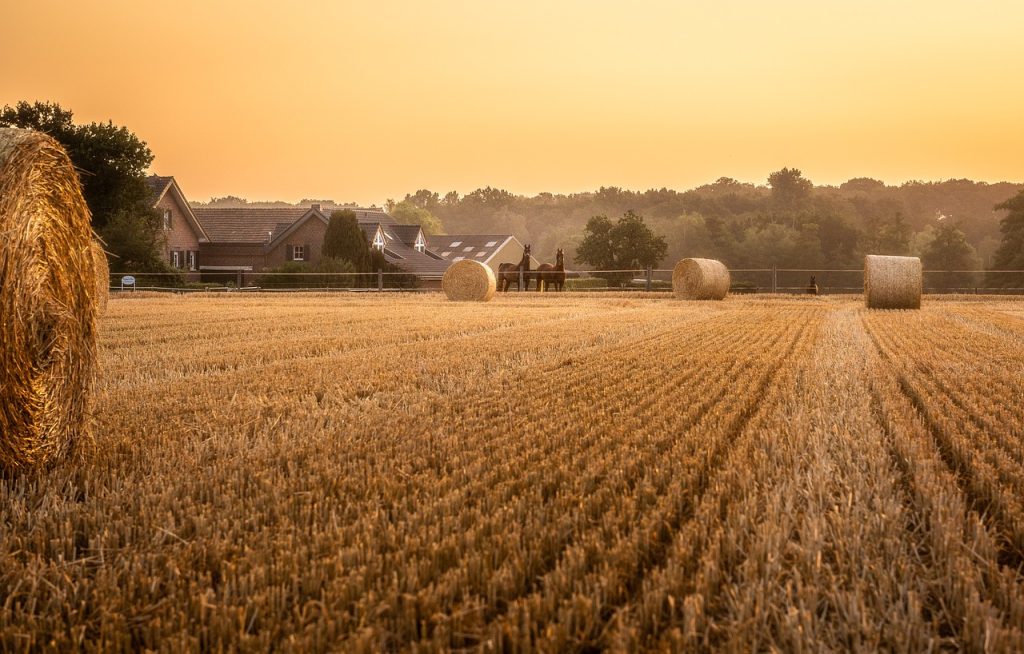
The Four Cross-Quarter Days
The cross-quarter days fall between the solstices and equinoxes, approximately halfway between each. These days include Imbolc (between the winter solstice and the spring equinox), Beltane (between the spring equinox and the summer solstice), Lughnasadh (between the summer solstice and the autumn equinox), and Samhain (between the autumn equinox and the winter solstice). They mark significant points in the agricultural and seasonal cycles, emphasising the transitions between the major seasonal changes. Celebrating these cross-quarter days allows individuals to connect with the nuances of each season and acknowledge the subtle shifts in nature’s rhythm throughout the year.
Imbolc: Embracing the Quickening
Imbolc, celebrated on February 1st or 2nd, marks the first signs of spring and the quickening of the earth. It is a time to honor the return of light and the stirring of new life, symbolised by the emergence of snowdrops and the lengthening of daylight hours. Imbolc invites us to embrace the promise of renewal and growth as we emerge from the darkness of winter into the light of spring. There are a lot of activities to choose from during Imbolc to take part in as a family and celebrate the changing seasons.
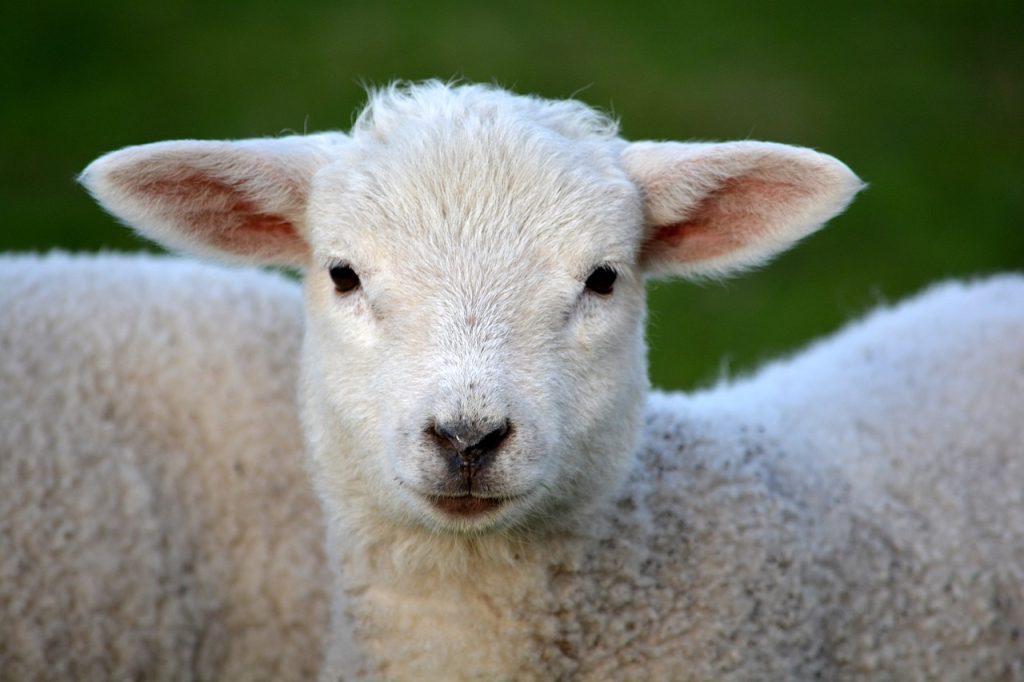
Beltane: Dancing into Fertility
Beltane, celebrated on May 1st, is a joyous festival marking the height of spring and the blossoming of nature. It is a time of fertility, passion, and renewal, where bonfires are lit, maypoles are danced around, and the veil between the worlds is said to be thin, allowing for powerful connections with the divine and the spirits of nature.
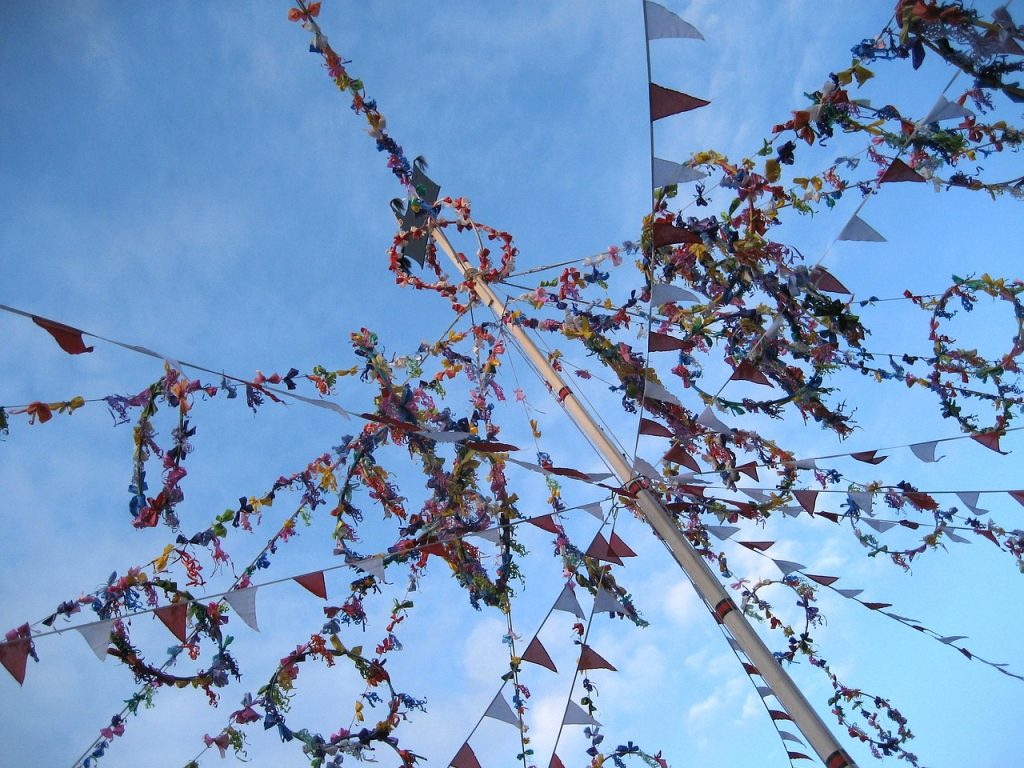
Lughnasadh: Harvesting Abundance
Lughnasadh, observed on August 1st, is a harvest festival honoring the Celtic god Lugh and the bounty of the land. It is a time of gratitude for the first fruits of the harvest, marked by feasting, games, and rituals that celebrate abundance and the community’s interconnectedness with the earth’s cycles.
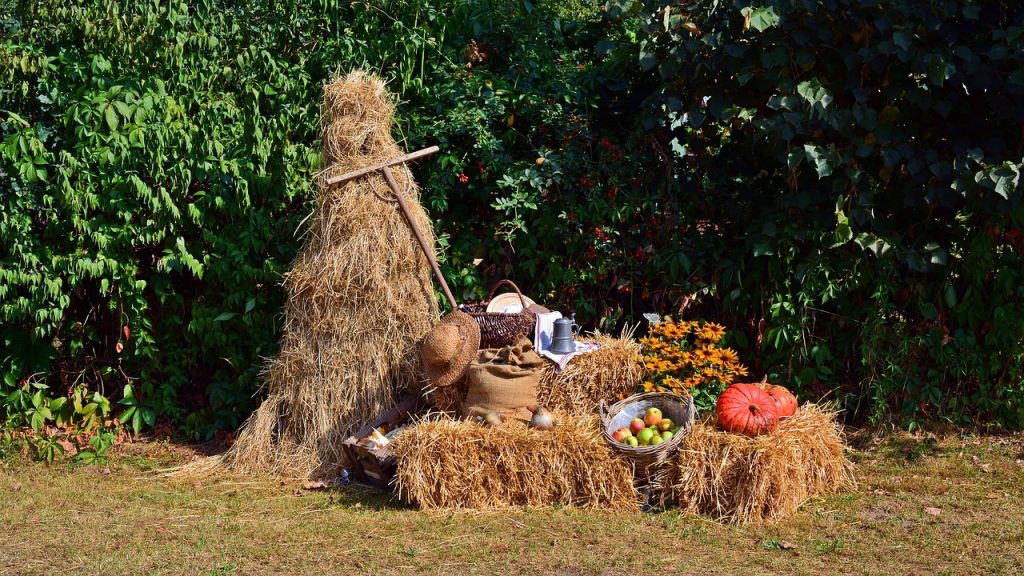
Samhain: Honoring the Ancestors
Samhain, celebrated on October 31st, marks the end of the harvest season and the beginning of winter in the Celtic calendar. It is a time when the veil between the worlds is thinnest, allowing for communication with ancestors and spirits. Samhain is observed with rituals, bonfires, and feasting, as communities come together to honor the cycle of life, death, and rebirth.

Honoring the Sacred Spiral of Life
As we journey through the Wheel of the Year, we are reminded of the eternal dance of life and the interconnectedness of all things. By honoring the cycles of nature and the turning of the seasons, we deepen our connection to the earth, to each other, and to all of nature. Tell me in the comments which of the festivals you enjoy celebrating the most.
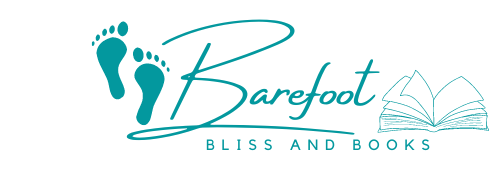
[…] Wheel of the Year is a symbolic representation of the changing seasons, consisting of eight major festivals or Sabbats. Imbolc, positioned between the winter solstice and […]